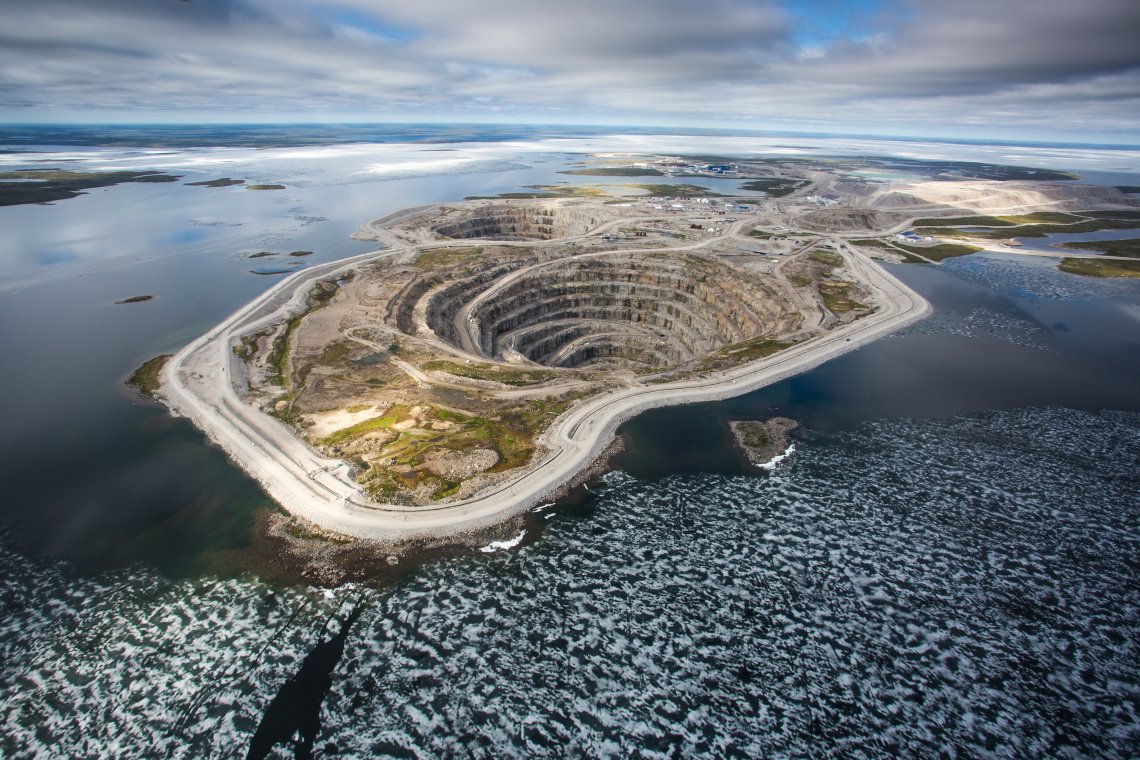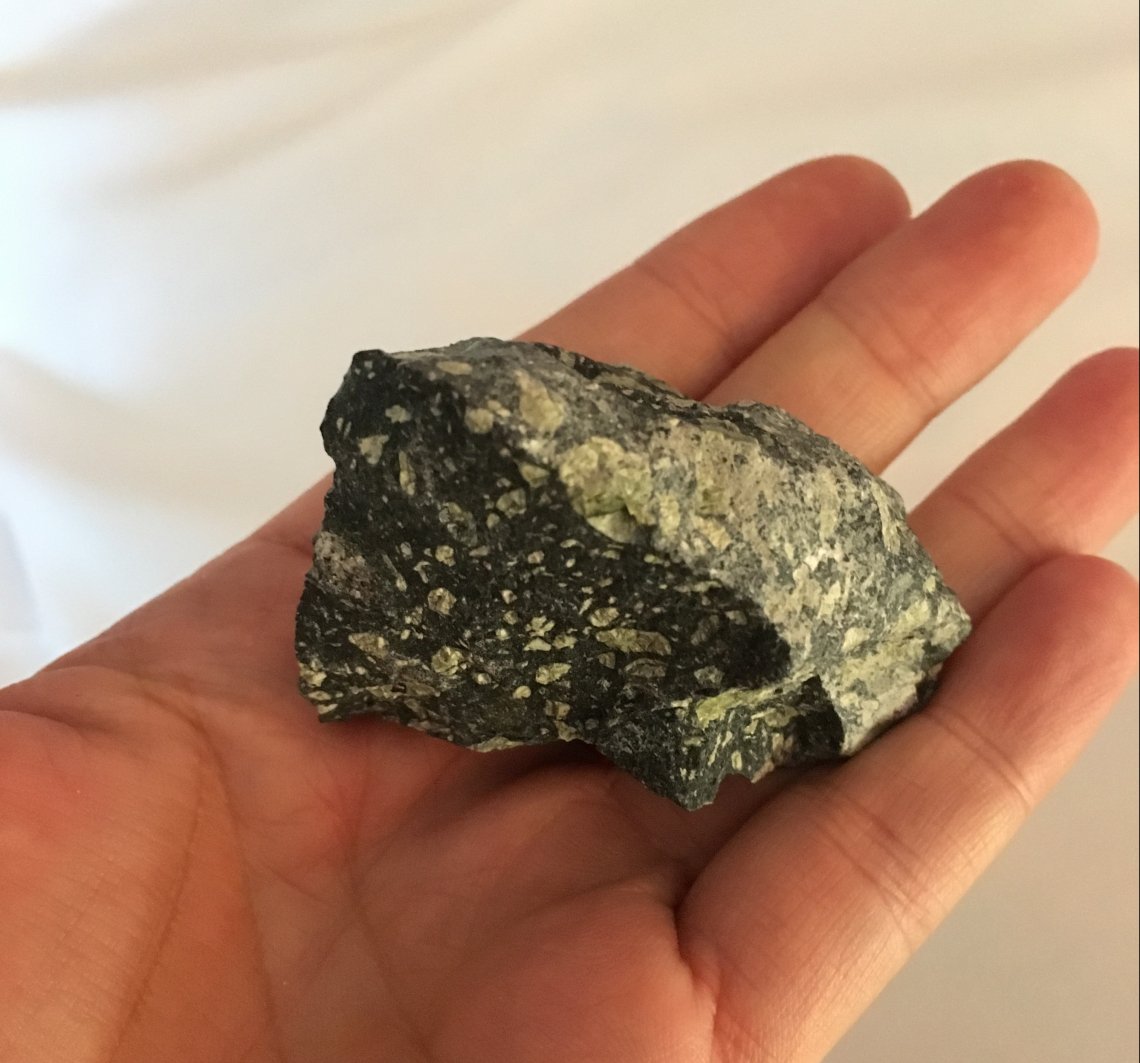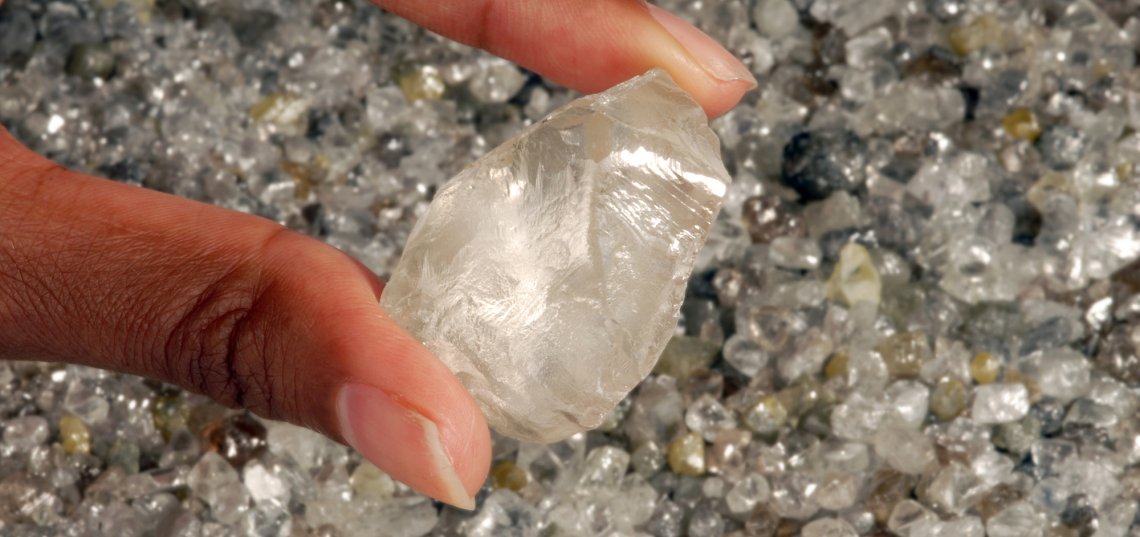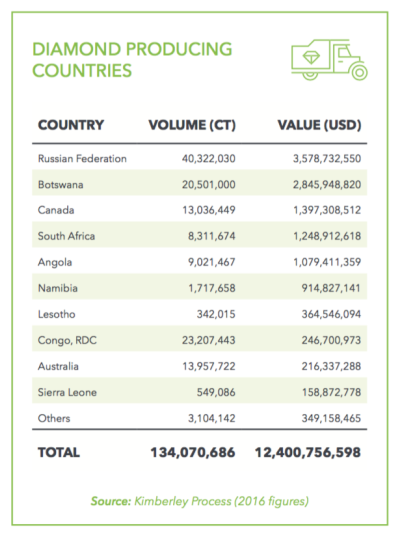Mining Diamonds - To Dig, or not to Dig, that’s the question

Mining diamonds is a tricky business. First, potential mining deposits are super rare and in many cases located in highly remote regions and extreme conditions, such as the arctic regions, inland Africa or, the bottom of the sea.
When experienced geologists have enough reason to assume there might be diamonds in the ground, mining companies will start taking or drilling samples to make an educated guess on whether there is enough potential to grind it out. Despite advanced technology which is used to determine that potential, all things considered, mining diamonds is always a bit of a gamble, one that requires a lot of money.
On average, it takes 10 to 15 years to develop a fully working mine, from the discovery of the first traces of potential diamond deposits to the full commercial production of rough diamonds.

Diamond deposits are not infinite. Most the mines that were discovered over the past 40 years or so are getting closer to retirement age. Typically mining companies will try to extend the life span of a mine by digging deeper underground until the production value decreases to the point mining further is no longer viable.
On average, some 130 million carats diamonds are mined annually, equaling 25.400 tons of diamonds or about the weight of the Statue of Liberty.
Only 30% of all those rough diamonds are gem or near-gem quality, meaning they can be used in jewelry. The remaining 70% is “industrial” diamond or “bort”, used to create extremely durable and sharp tools, such as your dentist’s drill bits and your surgeon’s scalpels. That explains why those dentist visits always seem to last “forever”.

Only 30% of all those rough diamonds are gem or near-gem quality, meaning they can be used in jewelry. The remaining 70% is “industrial” diamond or “boart”, used to create extremely durable and sharp tools, such as your dentist’s drill bits and your surgeon’s scalpels. That explains why those dentist visits always seem to last “forever”. Boart typically consists of small pebbles or stones, pretty much like what you might have lying on your driveway.
There is huge price difference between gem quality diamonds and industrial diamonds. The 30% of rough diamonds that are good enough for jewelry account for a whopping 98% of the total production value. Quality over quantity is the name of the game.

86% of global rough diamonds is mined by two handfuls of large-scale mining companies. The remaining 14% is mined through small-scale and informal artisan diamond diggers, often in unlicensed and unregulated areas.
The top six countries - ranked according to value produced: Russia, Botswana, Canada, South Africa, Namibia and Angola – together account for about three quarters of the world production.
